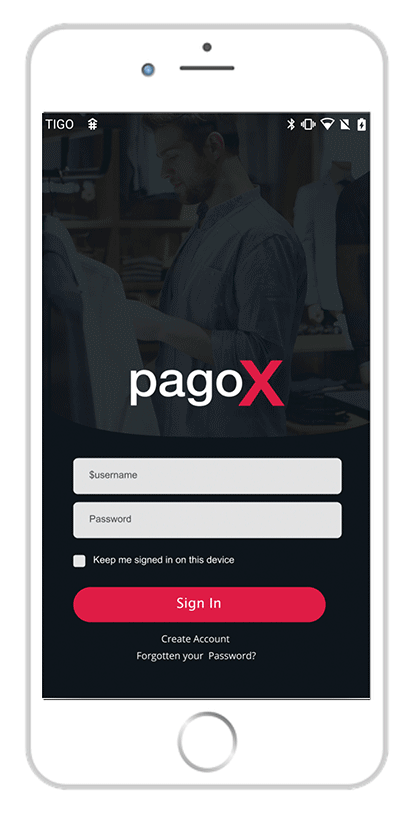Capabilities
Tacticux takes a product idea from elevator pitch and cocktail napkin sketches and sees it through to user-tested, high fidelity, developer-ready UI designs.
At least 40% of all businesses will die in the next 10 years… if they don’t figure out how to change their entire company to accommodate new technologies.
Research
Our research team gets feedback from the target audience/users about a product.
UX/UI Design
Good prototypes lower your investment risks UX design is much more than designing simple processes, it consists of shaping the entire ecosystem that surrounds the system that we are going to design to meet objectives through easy-to-complete tasks.
Development
We create web and mobile applications using scalable technologies with strong capabilities both in terms of frontend and backend.

Product Strategy
A digital product can’t be everything to everyone. Good product development is accessible to all types of users in as many use cases as possible. Product teams work hard to map, build, and test quality digital experiences.
Project Rescue
Start-ups, applications and services are born every day, moreover, every hour. Some develop into a popular product; others disappear before the launch. Sooner or later, any of them will have to turn to the services of a UX team. This can happen at absolutely any stage of the project development.

What is User Experience Strategy?
Good UX in product development is accessible to all types of users in as many use cases as possible. Product teams work hard to map, build, and test quality digital experiences.
But a digital product can’t be everything to everyone.
By putting equal emphasis into solving for every use case and every problem, teams risk stretching themselves too thin and arriving at a solution that works well for no one.
So how should teams decide which problems to solve or what features to prioritize?
UX strategies help businesses translate their intended user experience to every touchpoint where people interact with or experience its products or services. A solid UX strategy ensures that the business vision, user needs, and technical capabilities are aligned and helps to prioritize a team’s attention and resources by keeping them focused on solving the right problems for target users.
A UX strategy is the plan and approach for a digital product.

Why a UX Strategy is Essential to Good Business
Businesses with strict timelines and budgets must deal with the reality that product development is neither fast nor cheap.
Product owners with previous exposure to outdated methods of integrating design in software development might mistakenly assume that involving designers is a surefire way to spend more than they want.
But this isn’t actually the case.
Coming up with a UX Strategy at the outset of a project can help make sure digital product teams don’t waste time, money, and energy developing products or features they aren’t sure people will want or use.
We differentiate among four different phases in a product lifecycle:
- Discovery
- Validation
- Prototyping
- Follow-up
User research can and needs to be done in each of these phases. The exact method, frequency and research design, however, highly depends on which phase the product is currently in.

What are UX research methods?
Design requires measurement and testing. Design outlines the things users will understand about your product. It determines what they’ll see and in which direction they’ll proceed. Research comprises an inherent part of UX design.
On our UX teams, each UX designer works with a researcher who works solely on generating, preparing and testing ideas. Designer-researcher duos also do great because they provide a double set of eyes on every detail of a massive design project, which gives the team more credibility and reliability.
Thousands of methods and tricks help user experience researchers do this: user tests, fieldwork, A/B tests, interviews, remote tests, guerrilla tests, five-second tests, ghetto tests, grandma tests, etc. Then come the analytics and statistics. Without applying these, you are just whistling in the dark.


Design thinking
Design thinking is a structured process to design solutions for the complex problems businesses face today.
Understanding your customers’ thoughts, motivations, actions helps you to design better digital products, services and experiences. Today’s most successful and innovative organizations are focused on being customer-centric, and yours can be too.
In this process, we put customers at the heart of everything we do. We will expose you to a wide range of empathy-building activities, a field visit, journey mapping, personas, and insight frameworks.
What does a user experience researcher do?
Customer empathy
First, we’ll dive into the world of your customers to understand their needs and identify opportunities. Here, we walk you through the concepts of ethnographic research, customer journey mapping, and opportunity mapping.
Prototyping and validation
Turning gathered insights into prototypes to create the right solutions for the right problem takes practice. We dive into the basics of concept development and creation.
Implementation
The last step of the design process is implementation. We will use frameworks, sample agendas and toolkits to integrate the new tools into your own projects
Thousands of methods and tricks help user experience researchers do this: user tests, fieldwork, A/B tests, interviews, remote tests, guerrilla tests, five-second tests, ghetto tests, grandma tests, etc. Then come the analytics and statistics. Without applying these, you are just whistling in the dark.